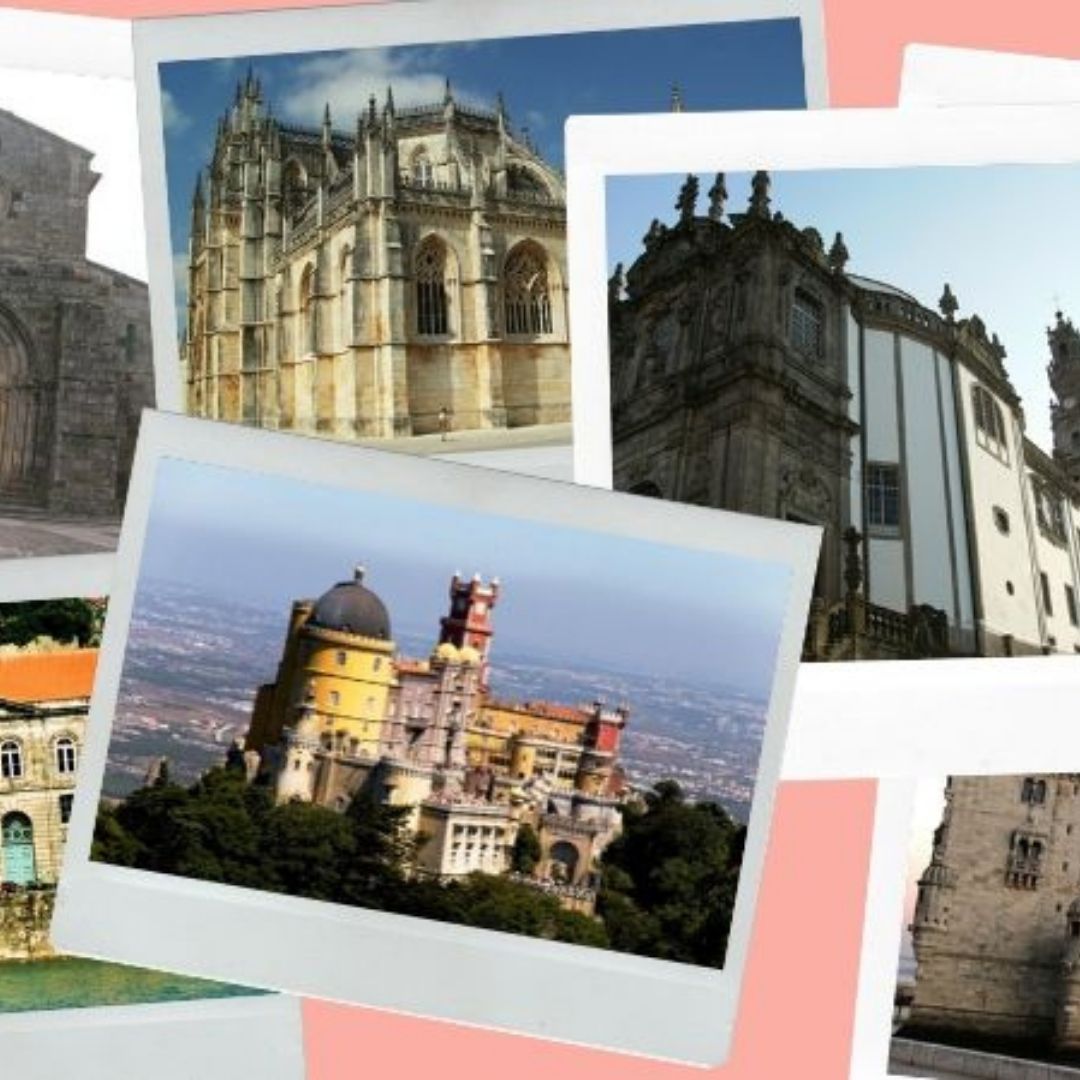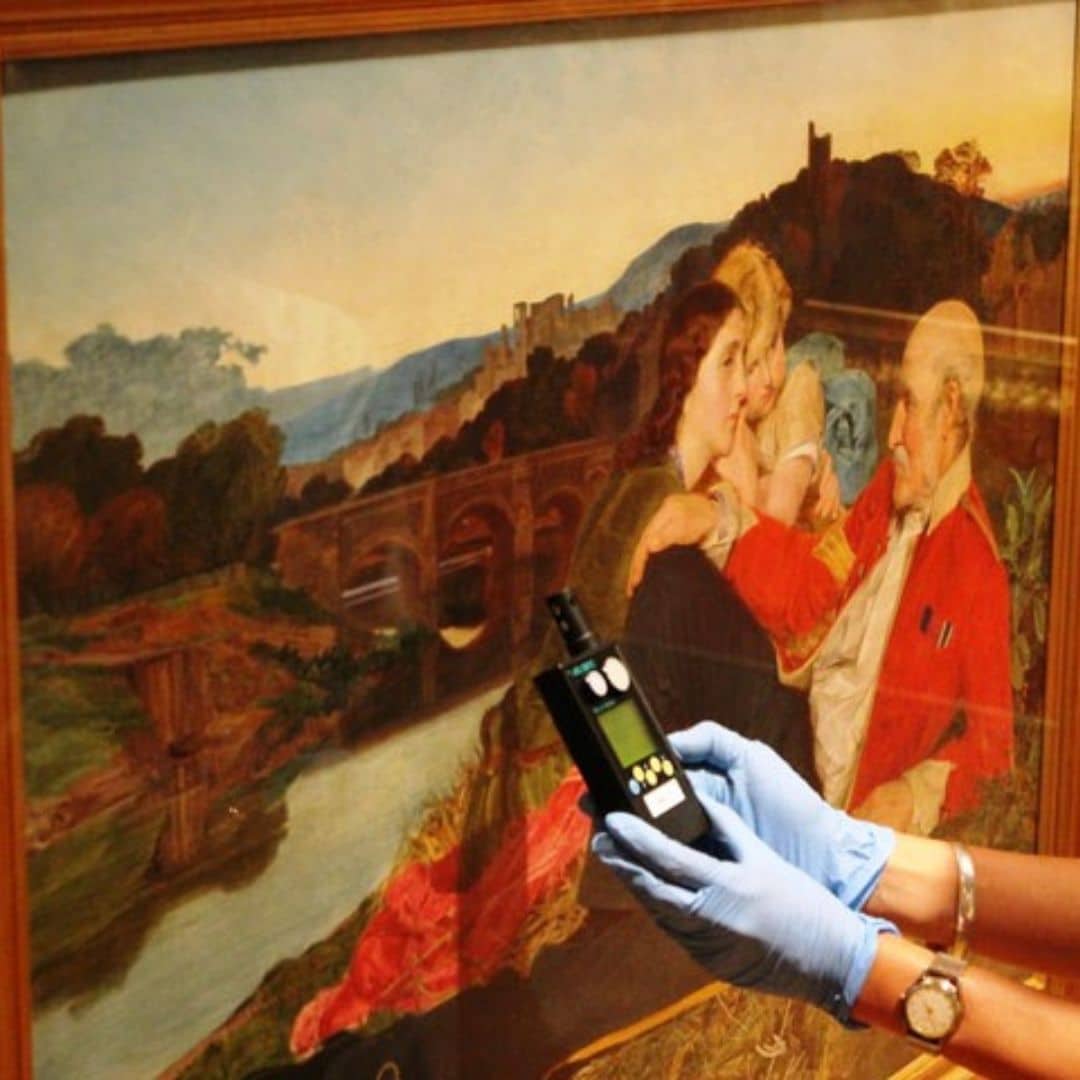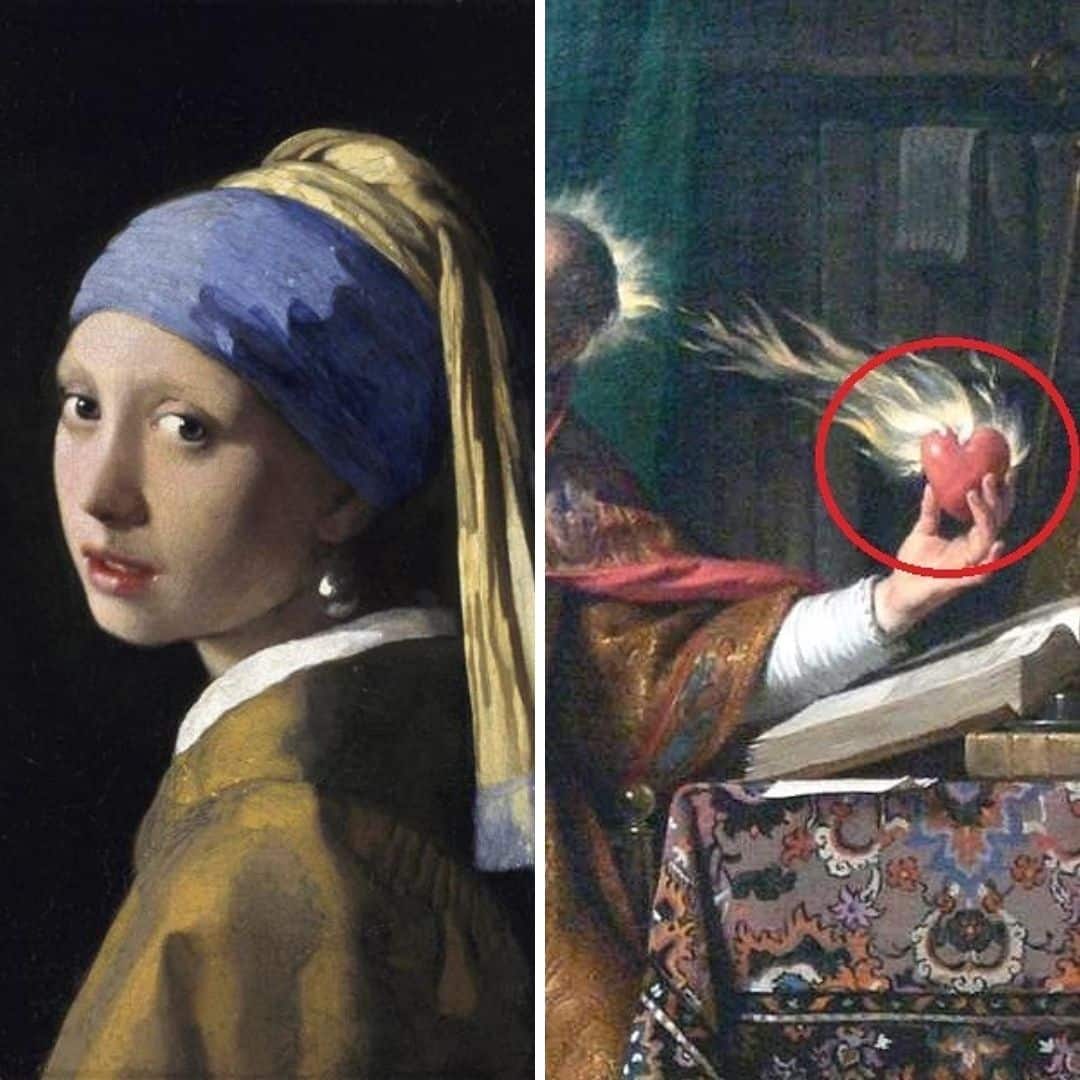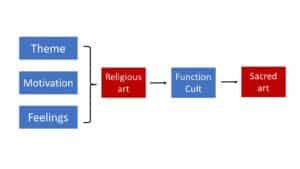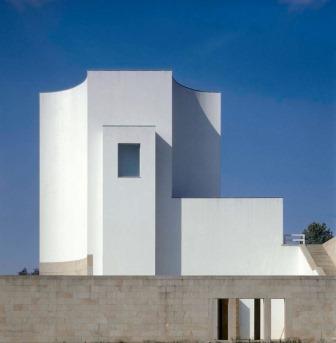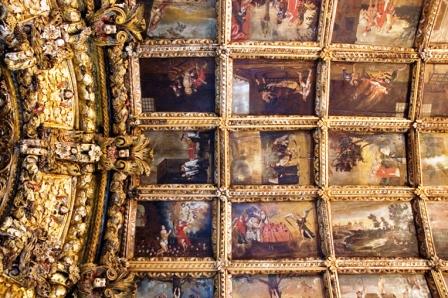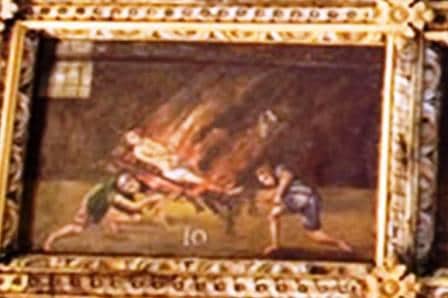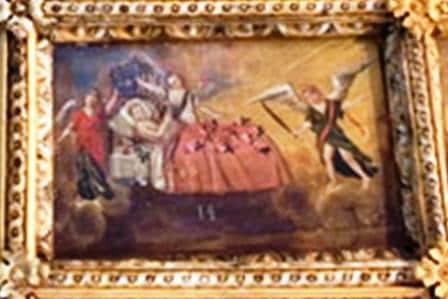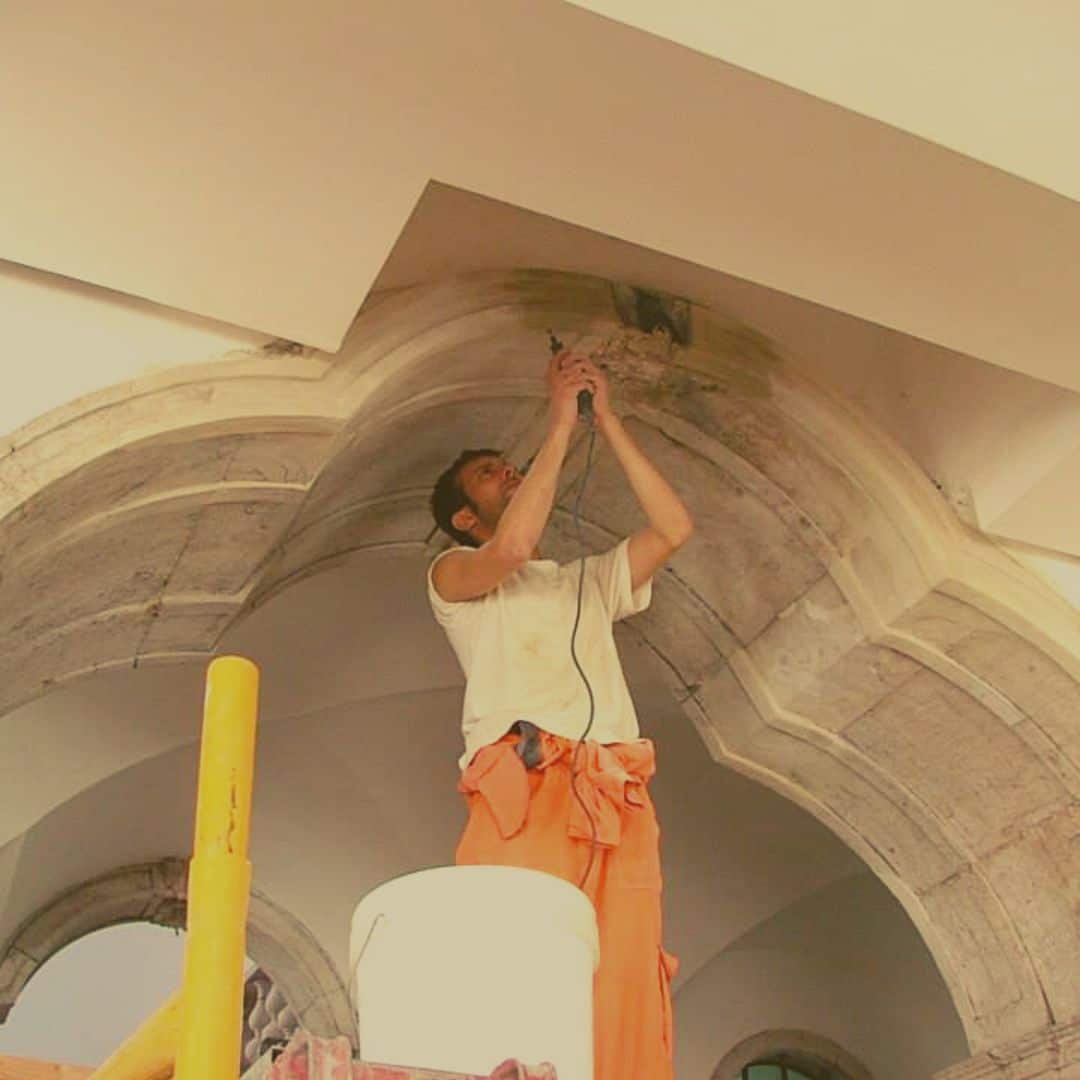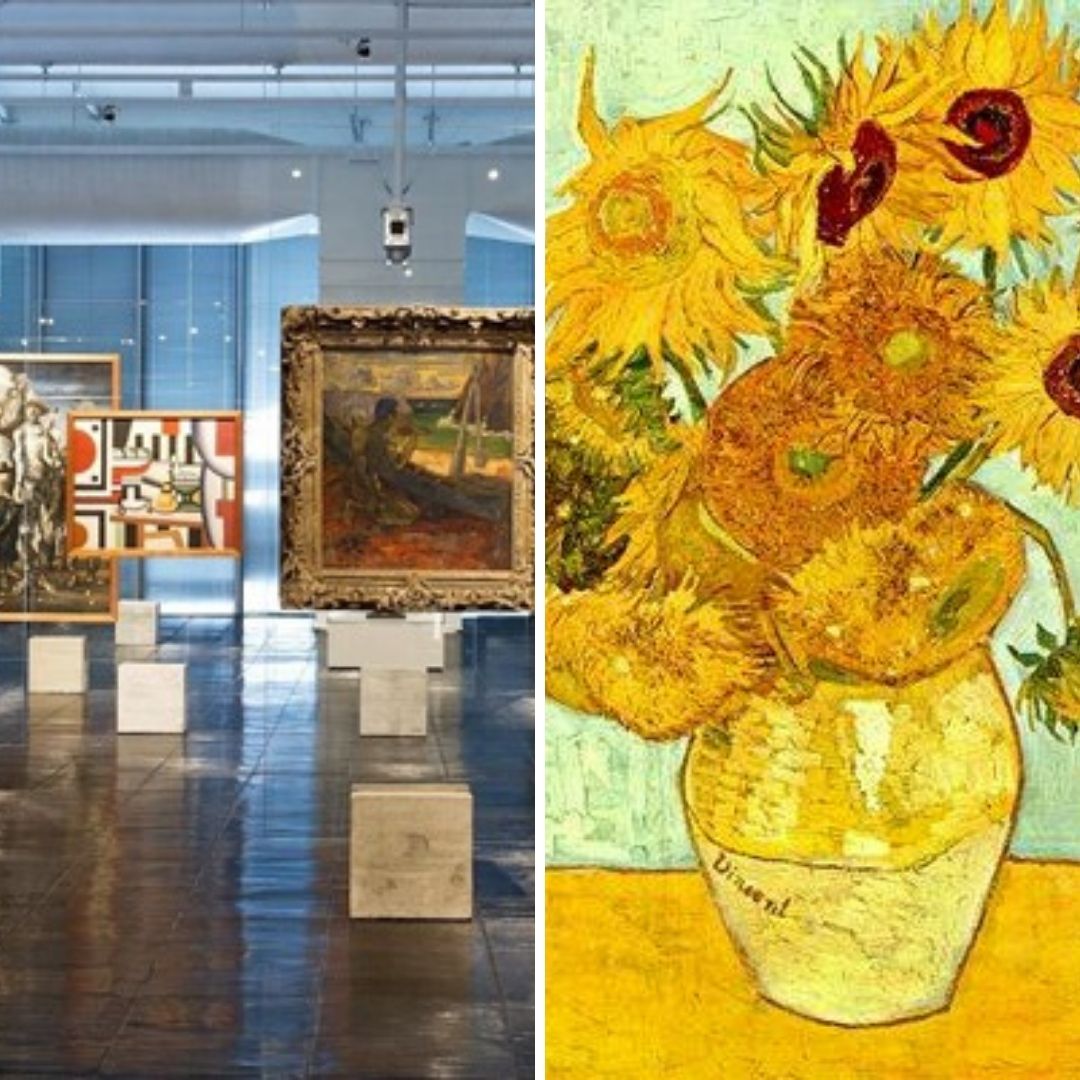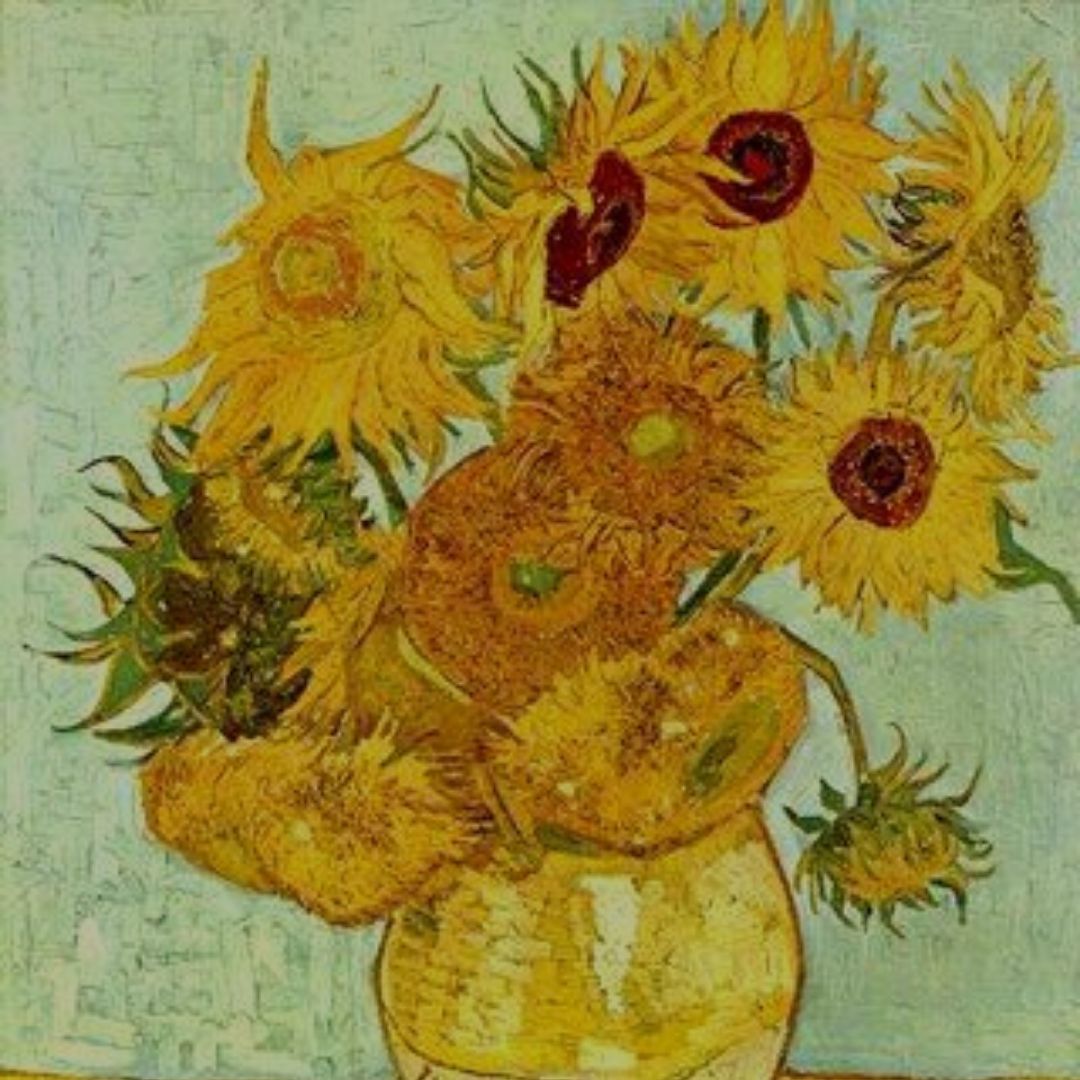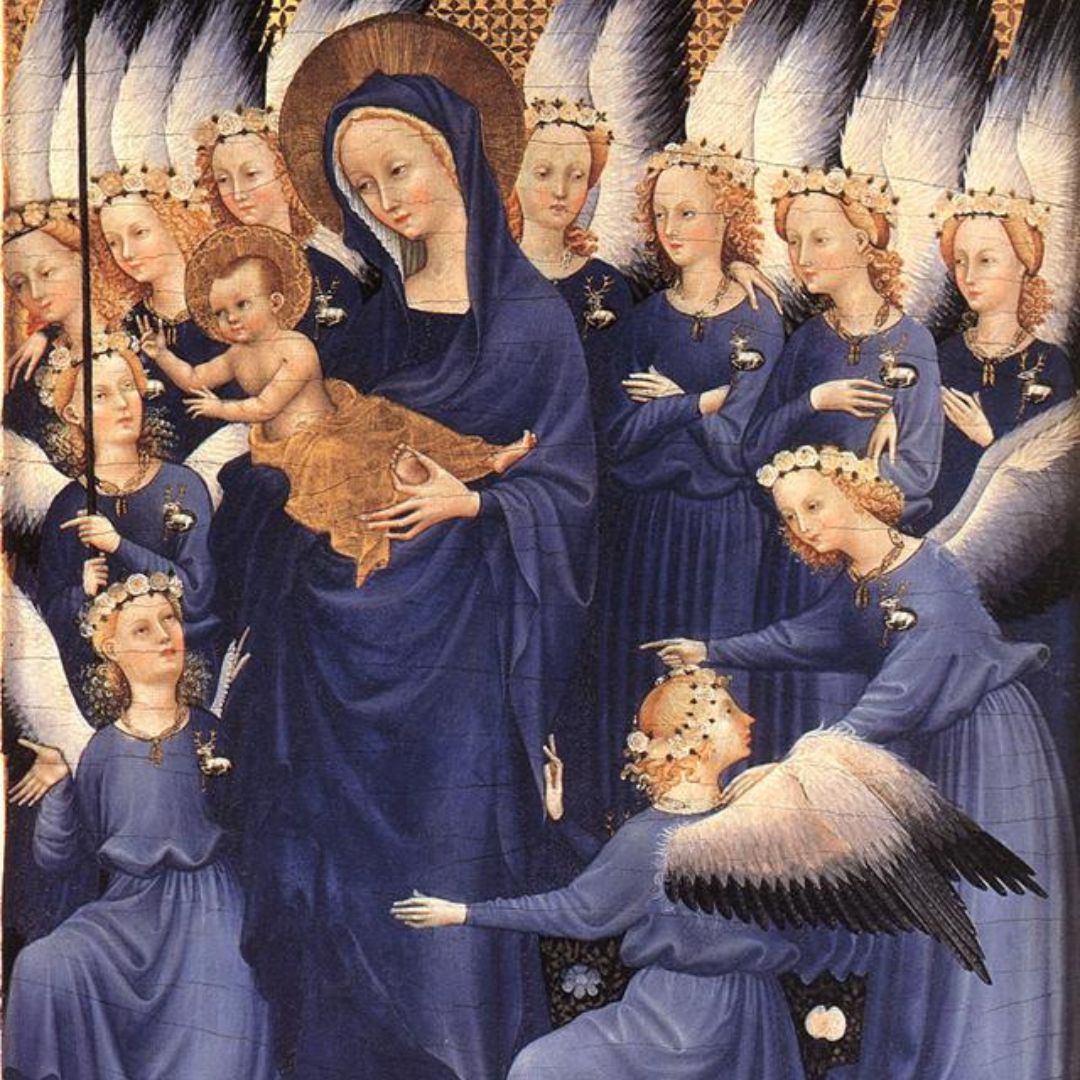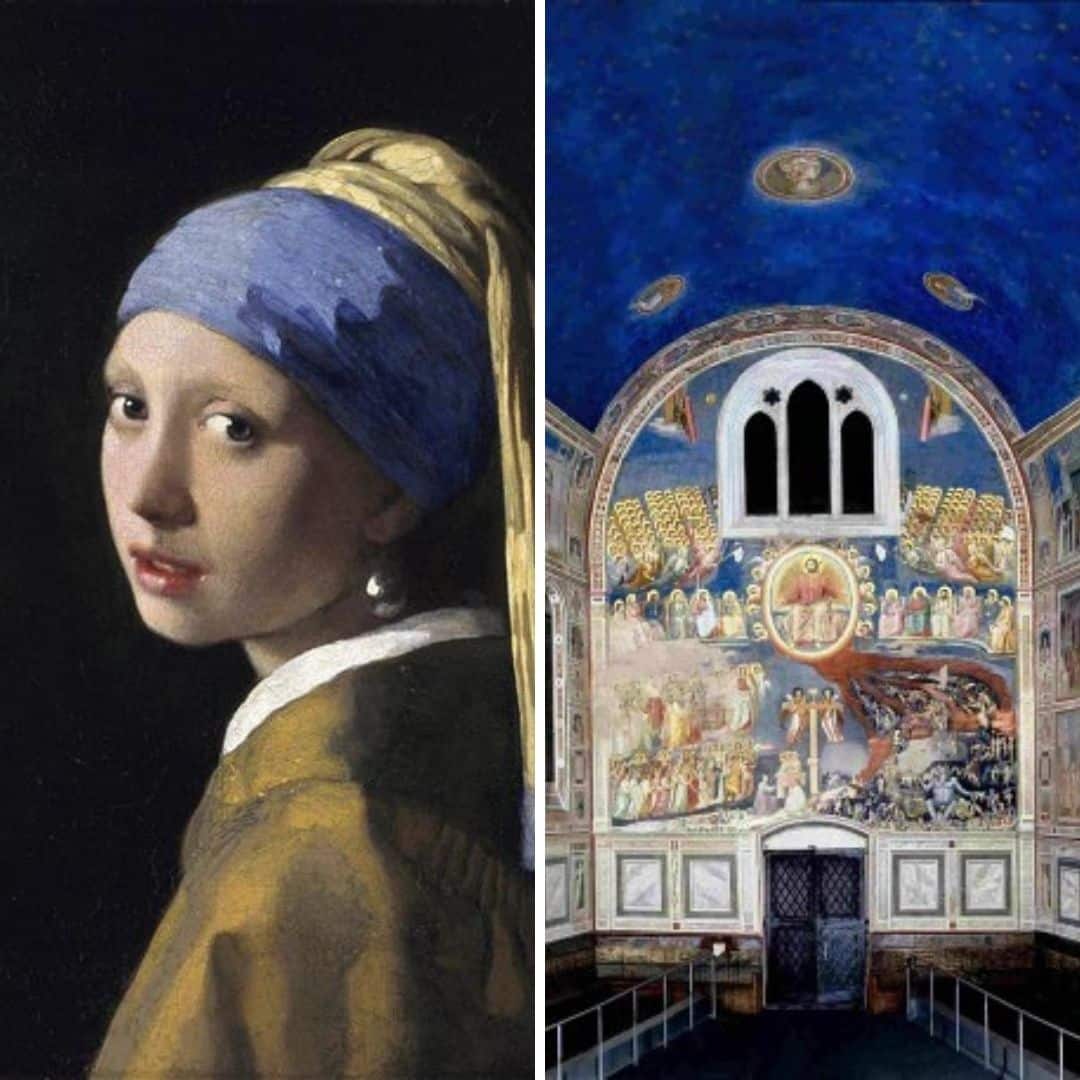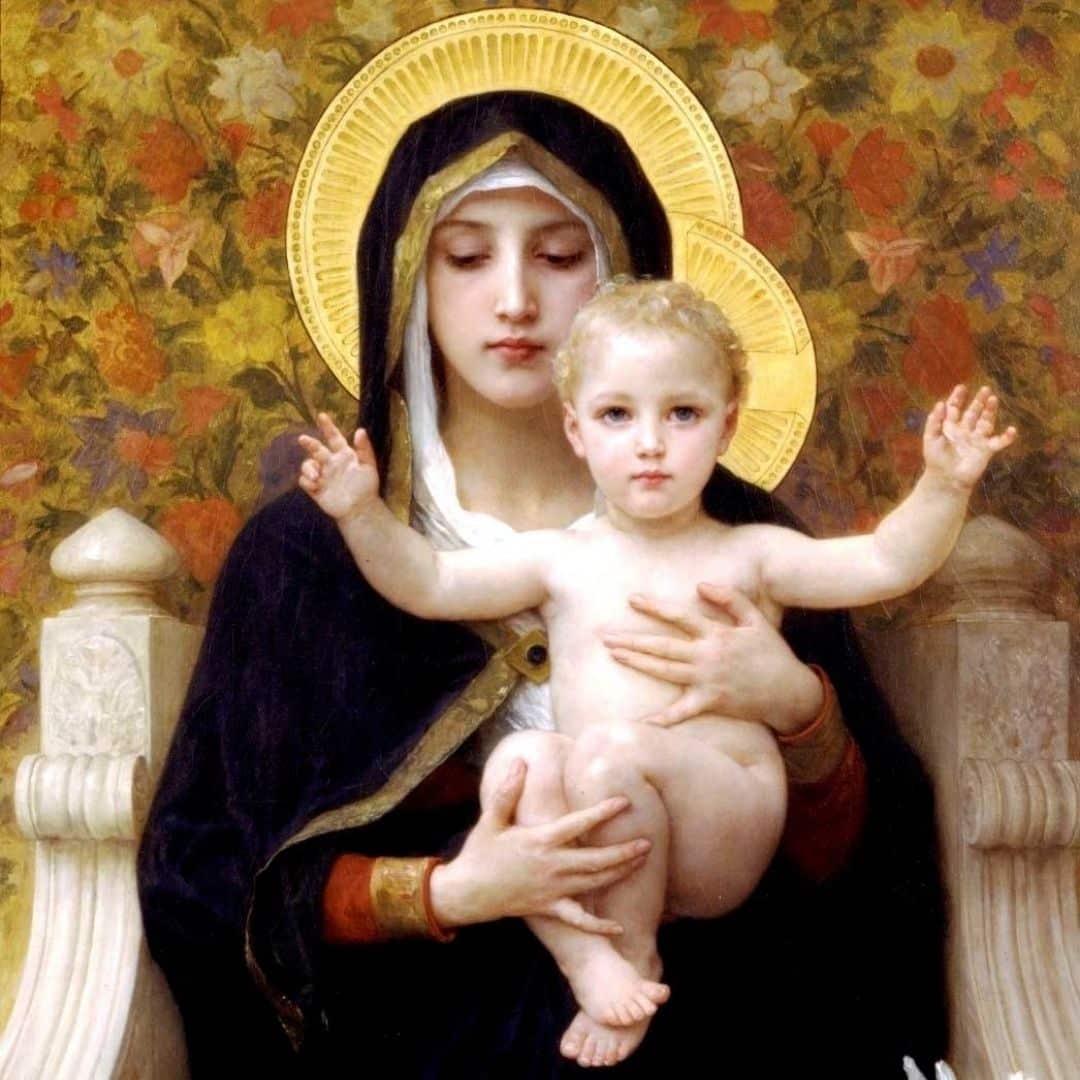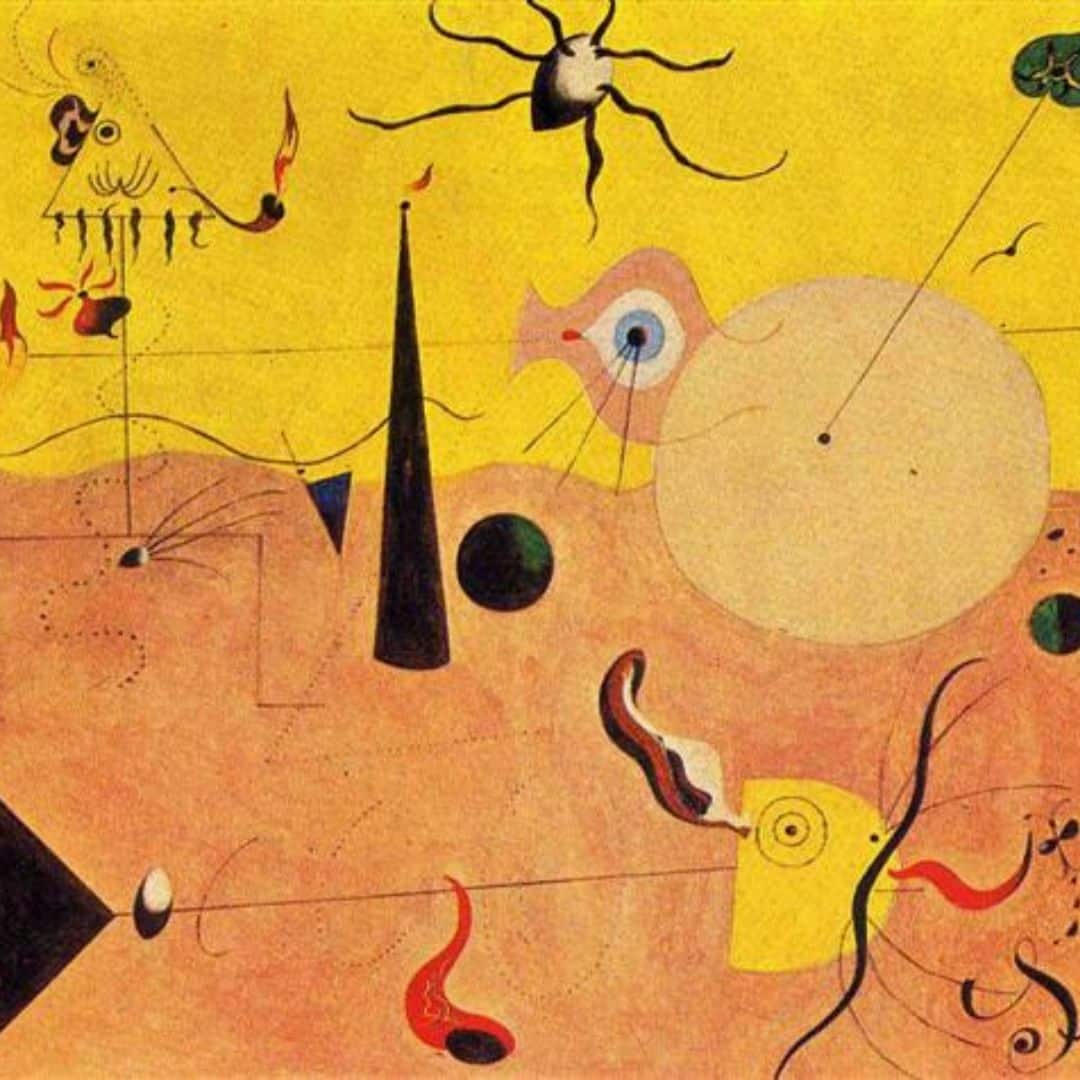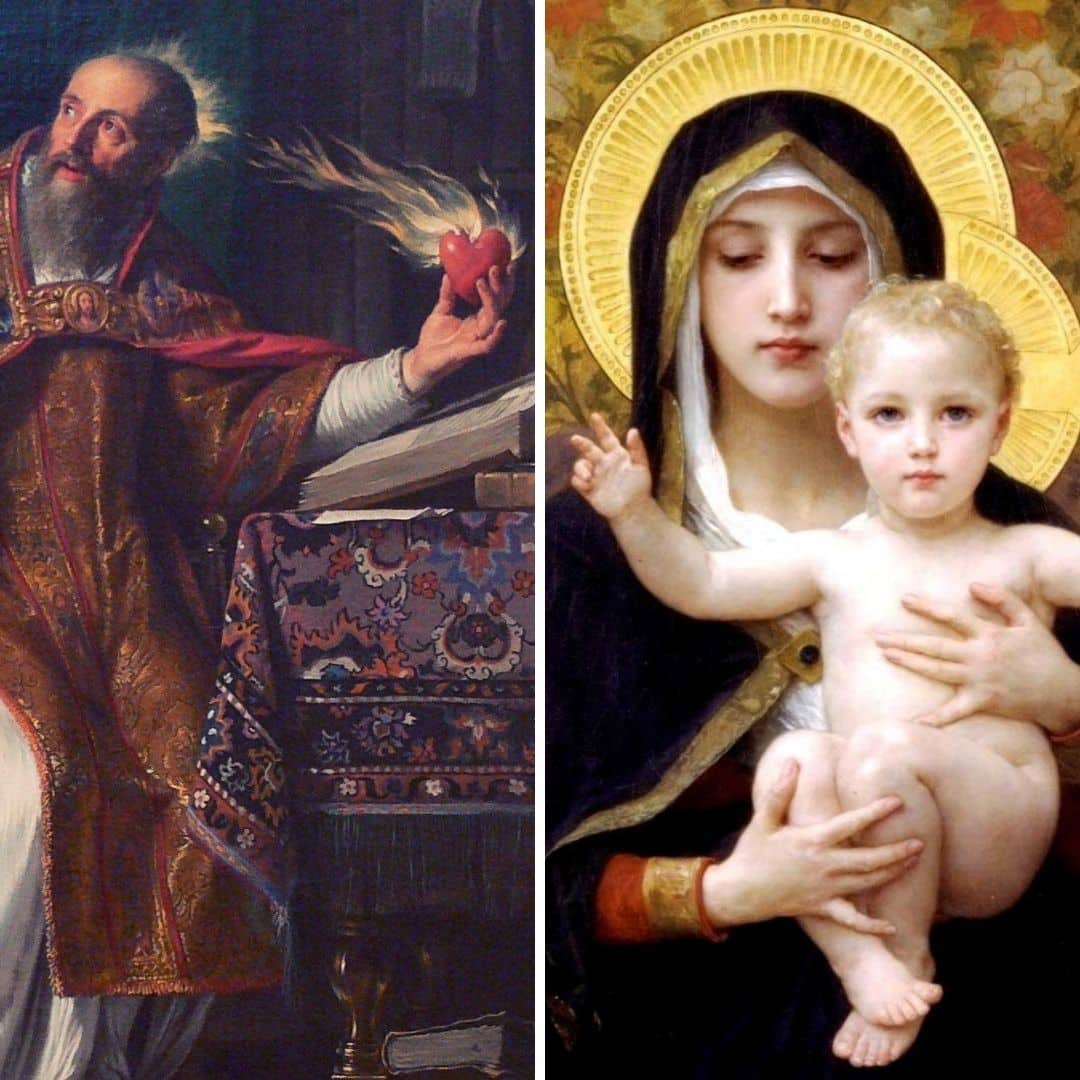In this article we will explore the concepts of sacred art and religious art and the importance of this differentiation at the level of art history and conservation of works of art.

An example of Islamic sacred art : In the Great Mosque of Kairouan in Tunisia, the top of the mihrab (prayer niche) is decorated with 9th century mosaics and painted with intertwined plant motifs.
We usually tend to use the 2 concepts indiscriminately for works of art created in a religious context.
However, throughout history, the function of works of art often changes. The applicable concepts and the ways to ensure their safeguarding and conservation also change.
You may be interested in online courses with certificate

Fátima Muralha
Graduated in History – Art History from the Universidade Nova of Lisbon. Post-Graduate in Management and Promotion of Heritage by the UAL. Specialised in Management of Cultural Projects. Various training courses and a specialisation course regarding Promoting Heritage, Conservation & Restoration, Museum studies and Vocational Training. Coordinator in multiple projects linked to Historical and Artistic Heritage, educational and vocational training projects in various entities. Author of several publications and communications. Creator and coordinator of the development of virtual content of the project: History | Art | Culture.


